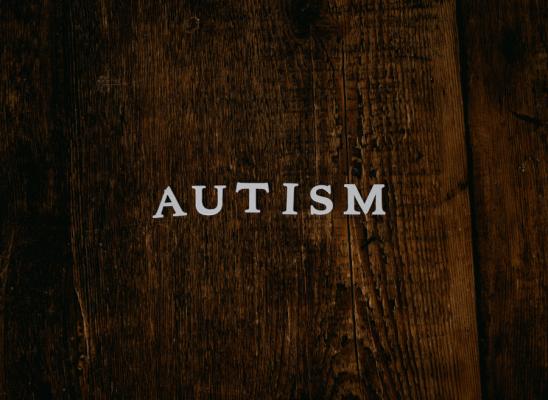Co-morbidity and Skin Picking Disorder

Online test
Find out the severity of your symptoms with this free online test
In medicine, comorbidity is defined as the presence of one or more additional diseases or disorders co-occurring with that is concurrent with a primary disease or disorder in the same person. The term can indicate either a condition existing simultaneously but independently with another condition or a related medical condition. The additional disorder can be a behavioural or mental disorder or even both in some rare cases. Attention to comorbid problems may also improve treatment outcome.
There are several reasons why two disorders might occur. These are:
- That there is a direct causal relationship between the two, with the presence of one disorder making the other more likely to develop.
- There is an indirect causal relationship between the two, with one disorder affecting the third variable in a way that increases the likelihood of a second disorder
- There are common factors that increase the risk of both disorders
Types of comorbidity
Trans-syndrome comorbidity: coexistence, in a single patient, of two and/or more syndromes, petrogenetically related to each other.
Trans-oncological comorbidity: coexistence, in a single patient, of two and/or more syndromes, petrogenetically related to each other.
Etiological comorbidity: It is caused by concurrent damage to different organs and systems, which is caused by a singular pathological agent (for example due to alcoholism in patients suffering from chronic alcohol intoxication; pathologies associated with smoking; systematic damage due to collagenases).
Complicated comorbidity: It is the result of the primary disease and often subsequent after sometime after its destabilization appears in the shape of target lesions (for example chronic nephatony resulting from diabetic nephropathy (Kimmelstiel-Wilson disease) in patients with type 2 diabetes; development of brain infarction resulting from complications due to hypertensive crisis in patients suffering from hypertension).
Iatrogenic comorbidity: It appears as a result of necessitated negative effect of the doctor on the patient, under the conditions of pre determine danger of one or the other medical procedure (for example, glucocorticosteroid osteoporosis in patients treated for a long time using systematic hormonal agents (preparations); drug-induced hepatitis resulting from chemotherapy against TB, prescribed due to the conversion of tubercular tests).
Unspecified (NOS) comorbidity: This type assumes the presence of singular pathogenic mechanisms of development of diseases, comprising this combination, but require a number of tests, proving the hypothesis of the researcher or physician (for example, erectile dysfunction as an early sign of general atherosclerosis (ASVD); occurrence of erosive-ulcerative lesions in the mucous membrane of the upper gastrointestinal tract in "vascular" patients).
"Arbitrary" comorbidity: initial algorism of the combination of diseases is not proven, but soon can be explained with clinical and scientific point of view (for example, combination of coronary heart disease (CHD) and choledocholithiasis; combination of acquired heart valvar disease and psoriasis).
Dermatillomania and comorbidity
Dermatillomania, or skin picking disorder has previously been classified as an impulse control disorder. However, the most recent edition of the DSM5 now categorizes disorders such as hair pulling disorder and skin picking disorder as body-focussed repetitive behaviours (BFRBs), under the classification “Obsessive-Compulsive and Related Disorders”.. This new classification suggests that hair pulling disorder falls under the same spectrum, but is different to obsessive compulsive disorder (OCD). The question then is whether OCD and dermatillomania co-occur and if so how common it is. One of the criteria for diagnosis of dermatillomania is that the skin picking behaviour impacts negatively on functioning. The social withdrawal and feelings of isolation are often linked to feelings of depression, while the onset of skin picking disorder is attributed to feelings of anxiety. As a result many researchers have examined the comorbidity of dermatillomania with other disorders of the mind.
What causes comorbidity?
While at present there remains much that is not known about the causes of comorbidity, there is increasing evidence to suggest that simple causal hypotheses may not easily explain the association. There is a broad convergence of risk factors for both problematic substance use and mental disorders; a plausible hypothesis for the comorbidity between these disorders is that substance use and mental disorders (mood disorders, anxiety disorders, personality disorders and psychotic disorders) share common risk factors and life pathways.
Conditions that commonly co-occur with dermatillomania
Holistic care is key
It is evident that dermatillomania, as with all the BFRBs are complex in nature and has psychological and emotional effects that inevitably correlate with other mental disorders. It is therefore imperative that health professionals are cognisant of the potential existence or development of these comorbid conditions and treat the individual holistically.
Adapted from (https://en.wikipedia.org/wiki/Comorbidity)
Online test
Find out the severity of your symptoms with this free online test
Start your journey with SkinPick
Take control of your life and find freedom from skin picking through professional therapy and evidence-based behavioral techniques.
Start Now



